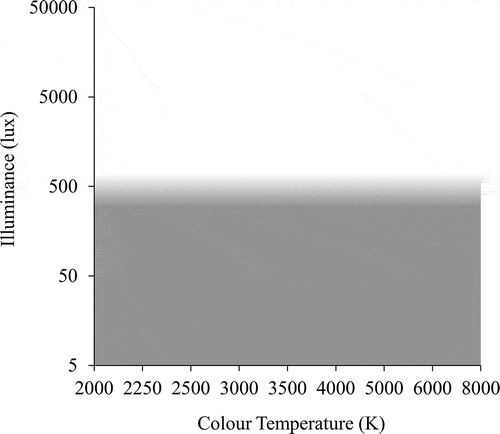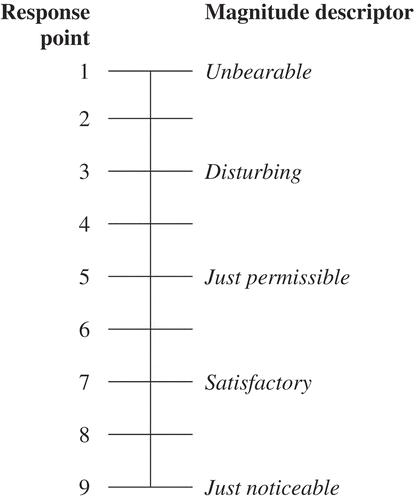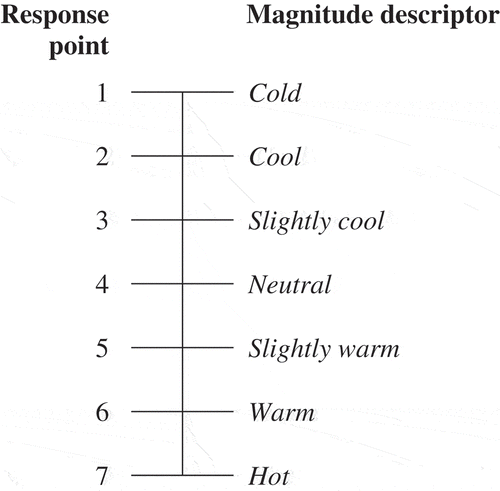Figures & data
Fig. 1. An example of category rating: Undergraduate students’ evaluations of a lecture series. The five items evaluated were value of lectures, clarity of presentation, structuring of course content, ease of understanding, and feedback.
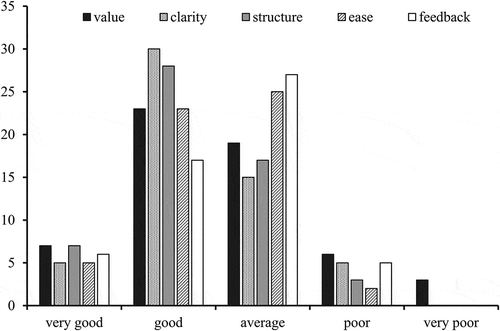
Fig. 2. Mean ratings of brightness plotted against mean ratings of visual clarity from past studies (Flynn and Spencer Citation1977; Fotios and Cheal Citation2007a; Rea Citation1982; Vienot et al. Citation2009; Vrabel et al. Citation1998) after Fotios and Atli (Citation2012).
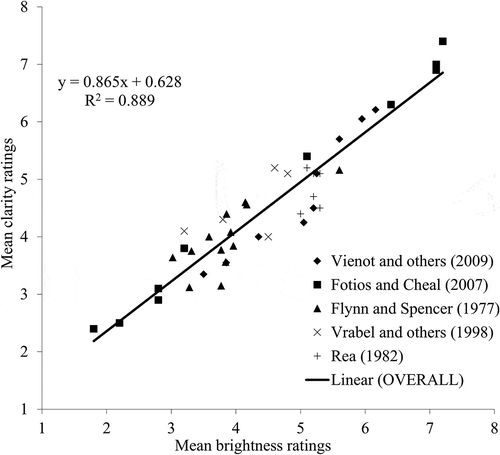
Fig. 3. Undergraduate students’ evaluations of a lecturer captured after the lecture series; those given in were from the same student group but mistakenly sought before the lecture series.
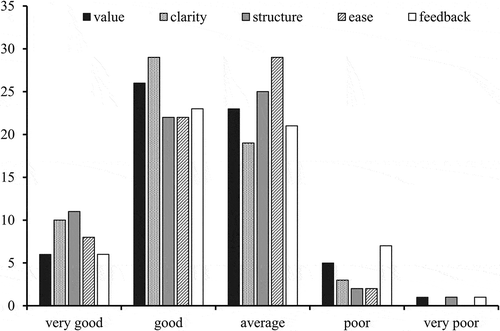
Fig. 6. The Kruithof graph (adapted from fig. 10 of Kruithof (Citation1941)). Note: The two vertical lines at 4200 K show the range of illuminances used by Kakitsuba (Citation2016) to establish lower and upper illuminance borders for the pleasant region.
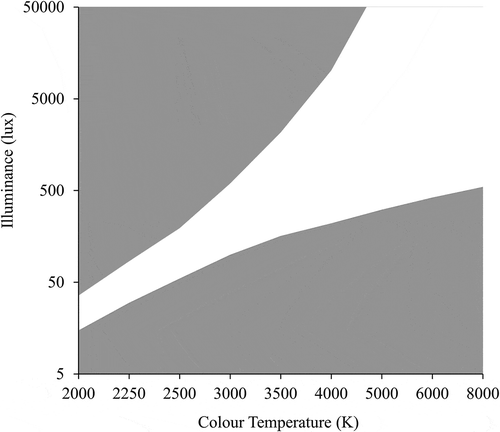
Fig. 7. The Kruithof graph revised according to the results of credible studies (Fotios Citation2017a). The shaded region represents conditions likely to be considered unpleasant, and the clear region above suggests conditions likely to be acceptable. The credible studies evaluated suggest that the transition from likely acceptable to likely unpleasant conditions is in the range of (approximately) 300 lux to 500 lux. Low illuminances (less than approximately 300 lux) may be perceived as unpleasant; an illuminance of 500 lux is sufficient to provide a pleasant environment and a further increase in illuminance above 500 lux is of little benefit.
